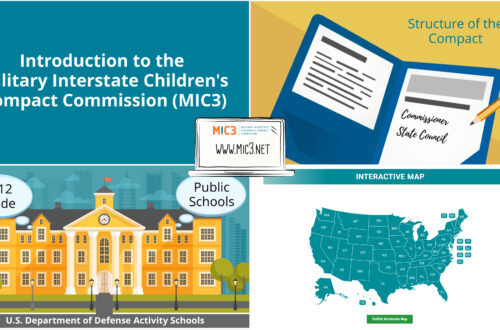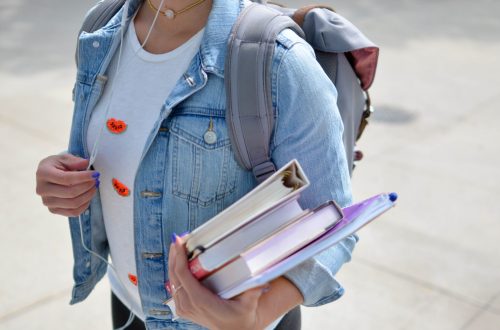Bringing a Student’s Military Life into Classroom Learning
By Amanda Trimillos
As teachers welcome military students into a classroom, they may also welcome the students’ military life into classroom learning with planned and purposeful lessons.
A mobile lifestyle gives military-connected students unique knowledge of the world. They may have lived in and visited many locations, experiencing a variety of cultures overseas and across the United States. Allowing a military child to share this knowledge in class puts a spotlight on the value of her military experience and gives her peers a personal connection to textbook lessons. For the military-connected student, an opportunity to share may also open doors of connection with classmates.
Before putting the spotlight on a student, the first step for a teacher is to get to know the student, where he has lived, his experiences, and whether he is willing to share them with the class. Some students may be hesitant about being the center of attention, particularly if they are new in class.
Ask the student about his favorite experiences and which ones he might like to share. If the student is willing, be sure he has plenty of time to prepare. For younger students, it might be appropriate to speak with parents about ways students can contribute.
Many Ways to Share
Teachers can link military students’ experiences to classroom learning in many ways. For example, a student may wish to
- Tell the class about experiences with a different culture or language.
- Bring souvenirs, maps, traditional clothing, food, or artwork.
- Choose a research project based on personal experience and travel.
- Talk about holiday celebrations in other countries or regions.
- Show currency from other countries and talk about exchange rates for a math lesson.
Allow classmates, in a Q and A format, to ask how the student’s personal experiences in a country differ from textbook examples; or how those experiences differ from where the student lives now.
Stateside travels can be helpful, too. Perhaps the class is studying a location in the U.S. where a student has lived. She might have a personal perspective on regional foods or landmarks.
This form of experience-sharing may be new to both military-connected students and civilian peers. Encourage all students to listen carefully to one another, showing respect for differing lifestyles and locations. When approached thoughtfully, this sharing can strengthen peer relationships as well as enhance learning.
Conversations about different locations can also help military-connected students build new memories and connections locally. Ask other students to highlight places and events in the local community, showing the value of their experiences, too. These new connections will add to the richness of the military-student’s life and may become the lessons she will share at her next school.
Amanda Trimillos, EdD, helps education colleagues integrate military-connected students into the classroom. She is a military spouse, mother, National Board-Certified Teacher, and the coauthor of Seasons of My Military Student: Practical Ideas for Parents and Teachers.


